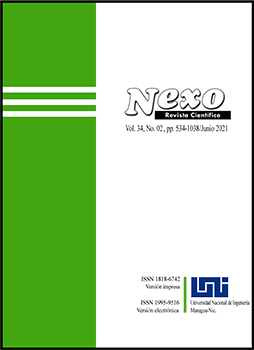Provide optimal strategies in coastal architecture of Kish island to deal with future environmental consequences
DOI:
https://doi.org/10.5377/nexo.v34i02.11565Keywords:
Grounded theory, Kish Island, Coastal Architecture (Coastal Tourism)Abstract
The purpose of this study is to design and explain a prospective model for measuring tourism sustainability in Kish Island. Accordingly, the conceptualization of coastal architecture or tourism, the identification of influential factors and operational strategies for improving the tourism industry, especially on the coastal dimensions of the island, have been considered. Due to the exploratory nature of the research, the strategy used in this research is Grounded theory. The sampling used in this study was theoretical sampling. The main basis for gathering information has been to conduct in-depth interviews with managers and senior experts in coastal tourism to reach theoretical saturation. A total of 13 interviews were conducted. After gathering information, the written interview codes were analyzed. The findings were coded according to the paradigmatic pattern of Strauss and Corbin. Therefore, after performing the three steps of open, axial and selective coding, final modeling was achieved. The model consists of 6 general categories (causal, contextual, interventionist, pivotal, strategies and consequences) and 12 subcategories and 36 semantic concepts and data.
Downloads
1376
Downloads
Published
How to Cite
Issue
Section
License
The authors who publish in Nexo Scientific Journal agree to the following terms:
- Authors retain the copyright and grant the journal the right of the first publication under the license Creative Commons Attribution License, which allows others to share the work with a recognition of the authorship of the work and the initial publication in Nexo Scientific Journal.
- Authors may separately establish additional agreements for the non-exclusive distribution of the version of the work published in the journal (for example, in an institutional repository or a book), with the recognition of the initial publication in Nexo Scientific Journal.
- Authors are allowed and encouraged to disseminate their works electronically (for example, in institutional repositories or in their own website) before and during the submission process, as it can lead to productive exchanges, as well as earlier and greater citation of published works.










